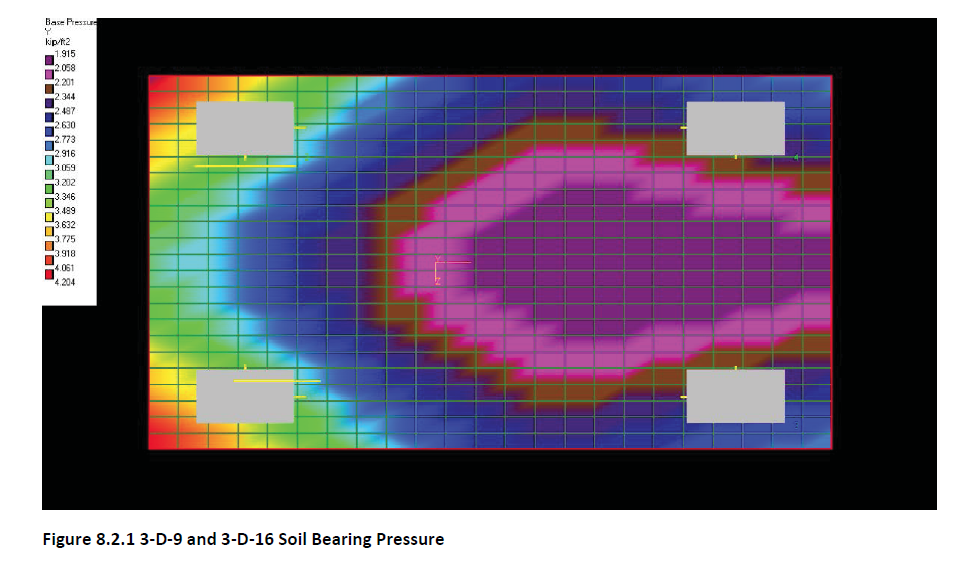Brindley Engineering was called into a refinery for a project that involved five reinforced concrete tabletop structures supporting large vertical vessels. A change in the catalyst removal along with the replacement process for the vessels was proposed that would add significant loads to the structures and foundations. The vessels were to be filled with liquid and a “wet catalyst dump” process was to be used to remove the spent catalyst from the vessels. Previously the catalyst removal was performed using a gas medium, so the structures and foundations had to be analyzed for the proposed significant increase is weight. A maintenance turnaround was scheduled to start 6 months later and any repairs or strengthening required to facilitate the “wet catalyst dump” needed to be identified with ample time to address them.
Accommodating significant change in compressed timeline
BE Reliable – Our Method
The site evaluation was performed by a Brindley team. Overall, the concrete foundations were in satisfactory condition with only a few areas requiring localized repair. Rebound hammer testing was performed to evaluate relative concrete strength and detailed measurements were performed to quantify noted defects.
Following the site work, structural analysis commenced with modeling of the structures in their current condition. STAAD.Pro was utilized to determine loads on the various components of the tabletops and Structurepoint SPColumn was used to evaluate reinforced concrete columns with spalling and section loss. Foundations and soil bearing pressures were analyzed in STAAD, all modeling results were verified by hand calculation checks.
Stability of the structures was a concern given the allowable soil bearing pressure and the proximity of the adjacent vessels and structures. Results from the analysis indicated that adjacent vessels could not be filled simultaneously without over-utilizing the soil below the foundations and these phasing requirements were clearly communicated to the client.
BE the Result
This project proved to be important for both BE and our client for several reasons. Our client received an effective engineered solution to their complex problem and BE was able to further prove our responsiveness and reliability under a tight schedule. This client has since called on BE to assist in additional major turnaround planning. It also allowed BE to showcase its on-site inspection capabilities, structural modeling capabilities, and technical expertise in reinforced concrete structures and foundations.




0 Comments